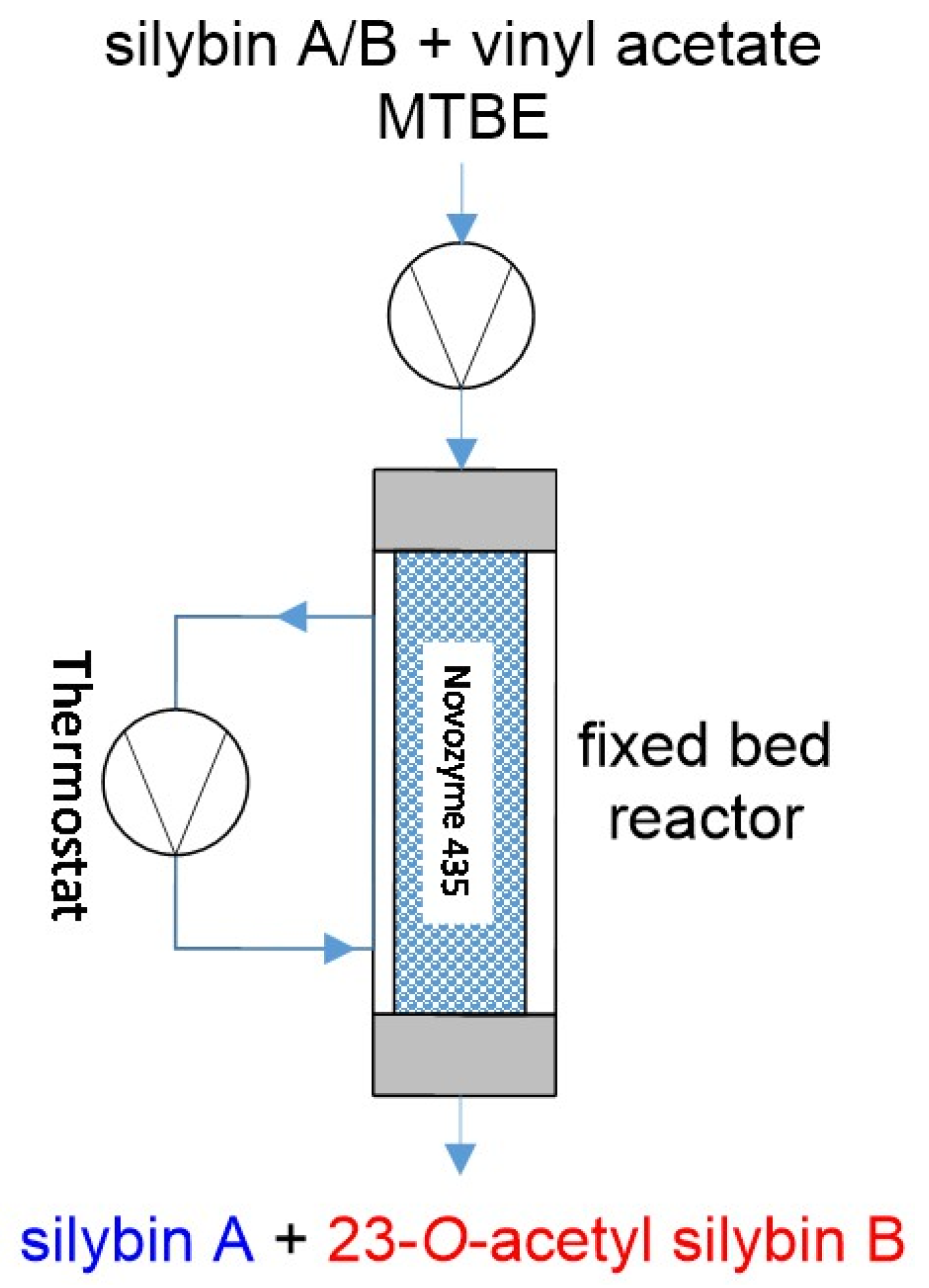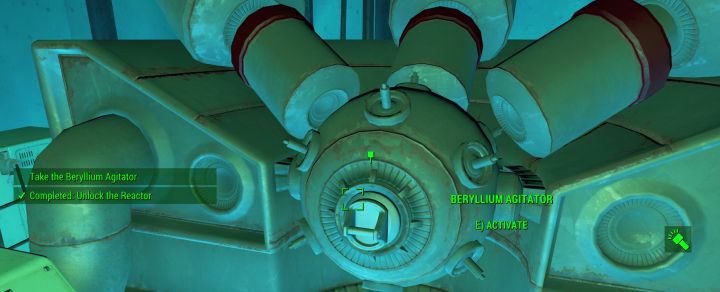
Milling and enrichment processes crush the ore, use solvents to extract uranium oxide (U 3O 8, i.e., yellowcake), and chemically convert it to uranium hexafluoride (UF 6), which is enriched to increase the U-235 concentration in the fuel. When it is mined, uranium ore averages less than 1% U-235. Most nuclear reactors use “enriched” uranium, meaning the fuel has a higher concentration of uranium-235 (U-235) isotopes, which are easier to split to produce energy. Estimated LCOE for plants built in the near future are: combined cycle natural gas: 3.71 ¢/kWh advanced nuclear: 6.31 ¢/kWh and biomass: 8.92 ¢/kWh. Levelized cost of energy (LCOE) includes the lifetime costs of building, operating, maintaining, and fueling a power plant.

Pressurized Water Reactors (PWR) and Boiling Water Reactors (BWR) are the most common technologies in use. Countries generating the next largest amounts of electricity using nuclear were France, China, and Russia.

generated nearly a third of the world’s nuclear electricity. 3,4 As of May 2021, 55 reactors were under construction, including 4 in the U.S. 1,2Ħ67 reactors have been built worldwide since the first was built in 1954 in Obninsk, Russia, though currently, there are only 443 in operation, 93 of which are in the U.S. nuclear electricity generation has grown despite no new reactors and 15 shutdowns, due to higher utilization and uprating of existing plants. 1 Presently, 28 states have at least one nuclear plant and 32 plants have two or more reactors. 2 During the 1970s, more than 50 nuclear reactors went online. nuclear power plant began commercial operations in 1958. Nuclear power plants had a capacity factor of 92.5% in 2020. electricity, and this share has remained stable since around 1990. Nuclear energy provides about 20% of U.S.

and other nations search for low-emission energy sources, the benefits of nuclear power must be weighed against the operational risks and the challenges of storing spent nuclear fuel and radioactive waste. Nuclear is often labeled a “clean” energy source because no greenhouse gases (GHGs) or other air emissions are released from the power plant. Nuclear power plants generate electricity by using controlled nuclear fission chain reactions (i.e., splitting atoms) to heat water and produce steam to power turbines.


 0 kommentar(er)
0 kommentar(er)
